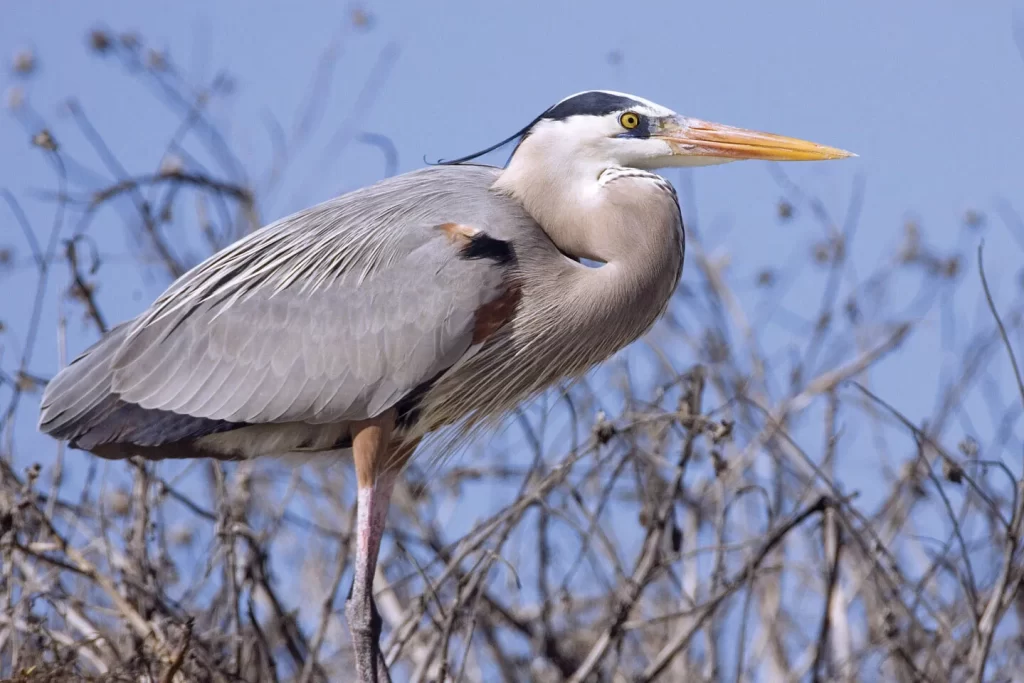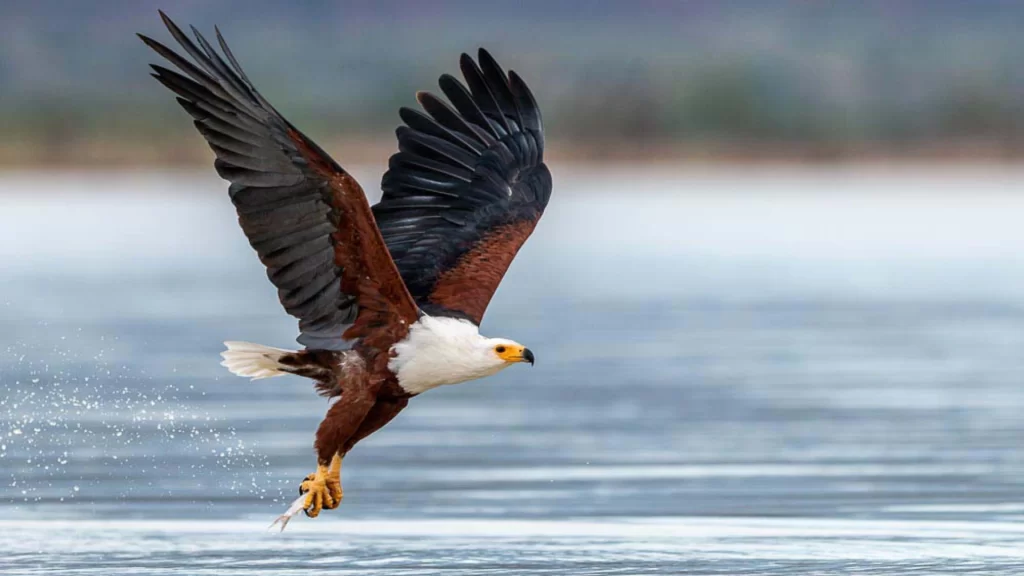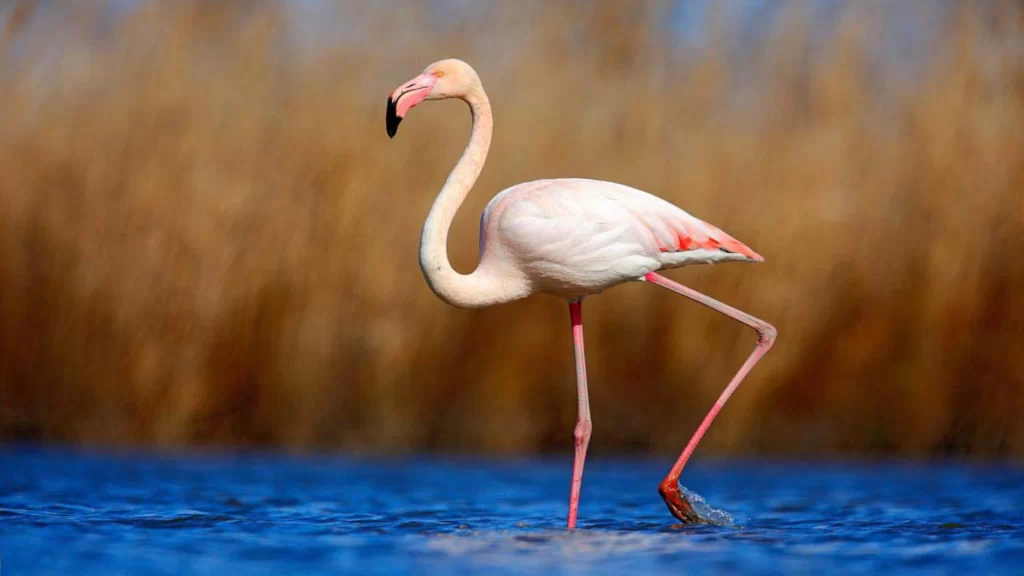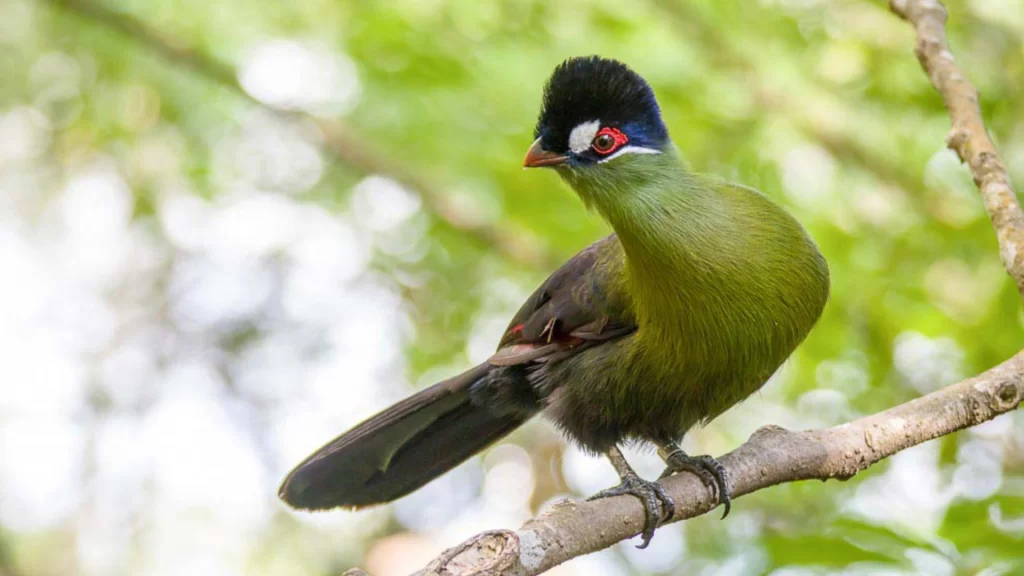Lake Momella Tanzania comprises seven stunning alkaline lakes nestled within Arusha National Park beneath Mount Meru’s dramatic slopes. Flamingo colonies create spectacular pink displays across the shallow waters, while diverse bird species thrive in this pristine wetland ecosystem. Lake Momella canoeing offers unique safari experiences where visitors paddle among hippos, buffalo, and giraffes in their natural habitat. Crystal-clear waters reflect towering acacia trees and volcanic landscapes, creating perfect conditions for Lake Momella photography enthusiasts. Game drives around the lake reveal abundant wildlife including zebras, warthogs, and over 400 bird species. Adventure seekers combine lake activities with Mount Meru climbing expeditions for comprehensive Arusha National Park experiences.
For New lodges, fresh trips, exclusive offers &…




















